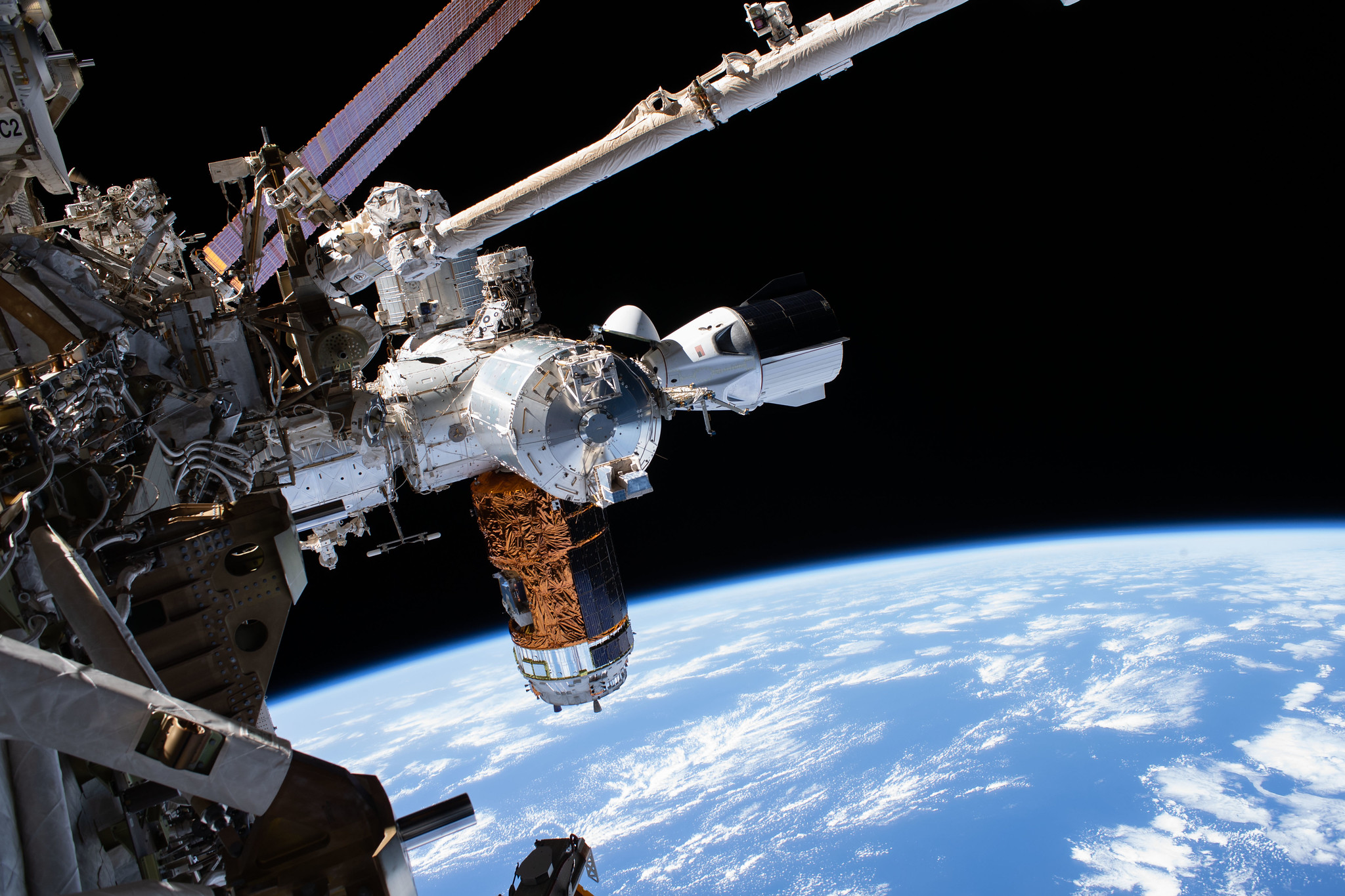

Boeing collaborated with Nanoracks on the payload services provider’s Bishop Airlock on ISS. The technology holds promise for improved medicine delivery on Earth and on voyages through deep space.Įxpanding science and technology development in low Earth orbit means expanding access. Qlibrium of Boston had its patch-sized, wearable drug-delivery pump launched to ISS in 2020. Winning companies receive funding and the opportunity to have their research conducted on the station so they can advance them to market. National Lab on the MassChallenge startup accelerator’s “Technology in Space” competition. Their work may enable medical interventions for astronauts while in space, and therapies for people with stress-related health conditions on Earth.īoeing also partners with the ISS U.S. The crosshair marks its current position. Genes in Space 2019 winners Finsam Samson and Yujie Wang designed an experiment to analyze the impact of microgravity on gene expression. This map shows the ground track of the International Space Stations next orbit. Winners’ experiments are launched to ISS to be performed by astronauts, with published results. The International Space Station (ISS) is the largest space station ever built, the largest structure ever assembled in space, and one of the most complex. Among the entities benefiting from ISS access is the Boeing-founded Genes in Space, a STEM contest that challenges students to design DNA analysis experiments for the ISS National Lab (managed by the Center for the Advancement of Science in Space, or CASIS). ISS is hitting its stride as an incubator and business model in the commercial space ecosystem. Due to its modular systems and the limited degradation of the space environment, technical assessments have shown the station could safely operate beyond 2030 if NASA and its international partners choose to do so. on-orbit segment of the ISS to NASA in 2010 and continues to provide key engineering support services and continual capability enhancements, as well as processing for laboratory experiment racks. The ISS is the cornerstone of human activity in low Earth orbit, a cooperative global effort to expand our knowledge and improve life on Earth while testing technology that will build a LEO economy and extend our reach to the moon, Mars and beyond.īoeing officially turned over the U.S. From design to launch, 15 countries collaborated to assemble the world's only permanently crewed orbital facility, which can support up to seven astronauts and 300 to 400 experiments per crew increment, across an array of disciplines.

In his debut picture book, Markus Motum brings Curiosity’s story to life in vivid color: the deep blues of space set off the warm, rusted hues of Mars’s dusty red surface, marking this lovable rover and her mission as something special - truly a world apart.The International Space Station (ISS) is a permanently crewed on-orbit laboratory that enables scientific research supporting innovation on Earth and future deep space exploration. How did Curiosity get her name? What tools does she use to carry out her tasks? In her own voice, the popular NASA rover tells how and why she traveled more than 350,000,000 miles to explore a planet no human has ever visited.

From idea to creation and beyond, this fact-filled, stylish book introduces readers to Curiosity and her mission: to discover more about the red planet and search for evidence of life. On August 6, 2012, the rover Curiosity touched down on the rocky surface of Mars - and now she’s ready to guide you through her journey firsthand. Maybe you remember when a little robotic spacecraft landed on a far-off planet. Curiosity: The Story of a Mars Rover Written and Illustrated by: Markus Motum


 0 kommentar(er)
0 kommentar(er)
